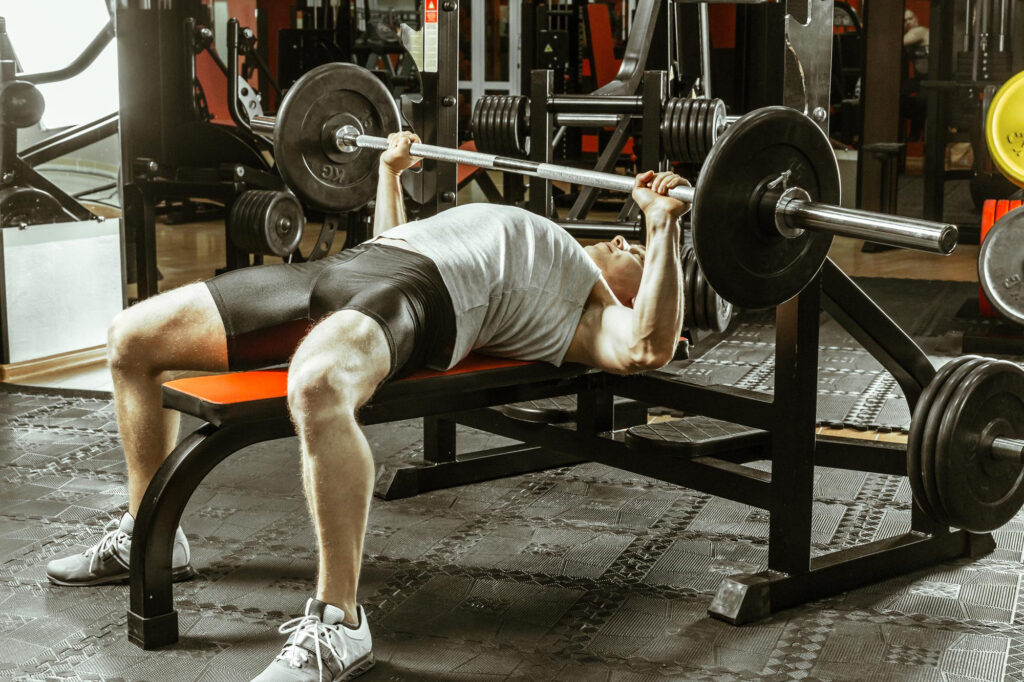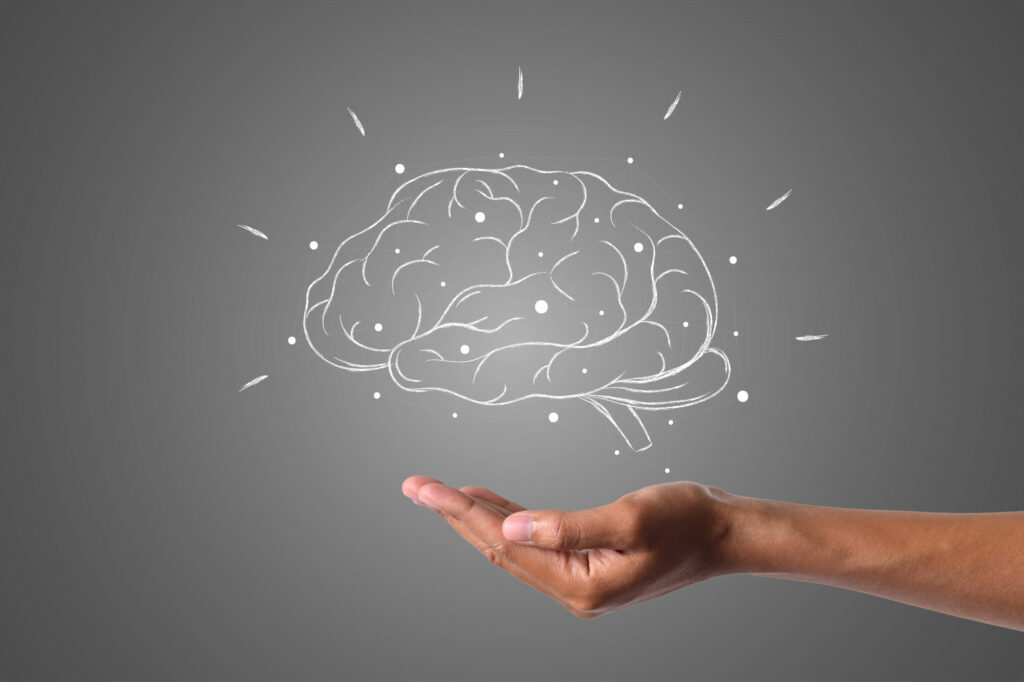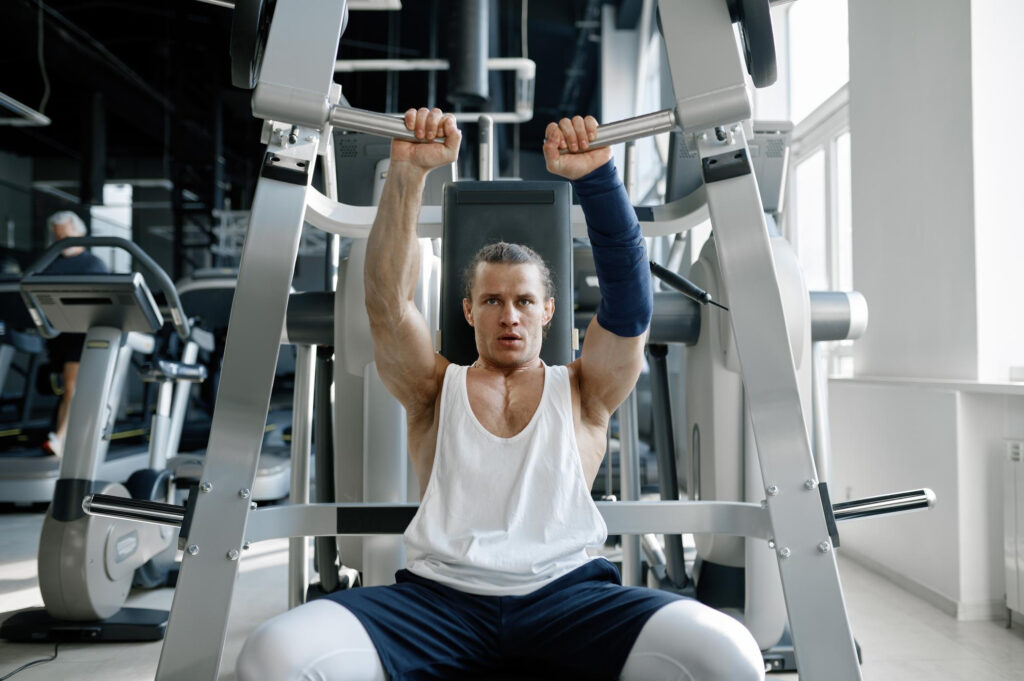Testosterone is a hormone that plays a crucial role in a range of bodily functions, including muscle growth, bone density, and sex drive. However, as people age, their T levels gradually decrease, which can lead to a range of negative health consequences.
The good news is that there are a variety of exercises that can hike testosterone levels naturally. And we will explore several of them, along with tips on how to incorporate them into your workout routine
1. Squats
Squats are a compound exercise that sets in motion multiple muscle groups, including the legs, glutes, and core.
For instance, one study found that performing squats with heavy weights (80% of one-repetition maximum) resulted in considerable spike in testosterone concentration in young men.
Similarly, another study found that performing squats with moderate weights (60-70% of one-repetition maximum) resulted in a considerable T-spike in older men.
The exact mechanisms behind how squats stimulate testosterone generation are not yet fully understood. However, it’s believed that the stress placed on the muscles during squats triggers the release of testosterone and growth hormone.
Moreover, squats may help increase blood flow and circulation, which can also contribute to T-boost.
2. Deadlifts
The primary muscles worked during deadlifts are the posterior chain muscles, which include the hamstrings, glutes, and lower back.
These muscles are particularly important for maintaining good posture and preventing back pain, which can be a common issue as people age. By strengthening these muscles through deadlifts, you can help support optimal testosterone production and overall health.
Deadlifts are a challenging exercise that require focus, determination, and mental toughness to complete, which leads to growing confidence and motivation. This can translate into improved performance in the gym and other areas of life, which can in turn support optimal testosterone production.
3. Bench Press
Although bench press is a popular exercise that primarily targets the chest muscles, it can also have a positive impact on testosterone. The chest muscles are a major muscle group that, when worked properly, can ignite the production of “male hormone”.

One study found that performing heavy resistance exercises, such as the bench press, led to a spike in testosterone immediately following the workout. This increase was even greater when the workout included multiple sets and repetitions.
Another study found that performing bench press and other multi-joint exercises can have a positive effect on testosterone levels compared to single-joint exercises.
4. Pull-ups
Pull-ups are a challenging exercise that can work a variety of muscles, including the back, arms, and shoulders. Again, they are also effective for testosterone generation due to the intense physical demands they place on the body.
Research suggests that high-intensity resistance exercises, such as pull-ups, can hike testosterone levels in men.
As a matter of fact, one study found that performing multi-joint exercises, like pull-ups, can have a greater impact on testosterone compared to single-joint exercises like biceps curl or front raise.
Pull-ups also engage the large muscle groups in the upper body, such as the back muscles, which are crucial for overall strength and T-production. By working these muscles through pull-ups, you can help synthesise more testosterone and support optimal hormone levels.
5. High-intensity interval training (HIIT)
High-intensity interval training (HIIT) is a type of exercise that involves short, intense bursts of exercise followed by periods of rest or low-intensity exercise. It has gained popularity in recent years due to its numerous health benefits such as improved cardiovascular health, muscle gain and accelerated fat loss.
Nevertheless, It is important to remember that HIIT is a very intense form of exercise, and may not be suitable for everyone. On the flip side, studies have found that performing HIIT can catalyse “male hormone” production in both young and older men.
Meanwhile, another study published in the European Journal of Applied Physiology found that a six-week HIIT program raised T-hormone in older men too.
6. Sprinting
Sprinting is a type of high-intensity exercise that has been shown to have a positive effect on testosterone. When you perform a sprint, your body makes more of the hormones that are responsible for building muscle and burning fat, and testosterone happens to be one of them.

The study published in the Journal of Applied Physiology found that male sprinters had significantly higher levels of testosterone compared to male endurance runners.
Another study published in the Journal of Strength and Conditioning Research found that a six-week sprint training program resulted in a massive rise in T-levels in young men.
Moreover, sprinting is also a great form of exercise for strengthening overall health and fitness. It can help improve cardiovascular health, increase muscle mass, and improve insulin sensitivity.
7. Yoga
Yoga is a form of exercise that emphasizes flexibility, strength, and relaxation. While it may not be a high-intensity workout like lifting weights or running, there is evidence to suggest that yoga can have a positive impact on “male hormone”.
The researchers speculated that this increase could be due to the stress-reducing effects of yoga, as chronic stress can negatively impact testosterone production.
Yoga also involves various poses that engage the large muscle groups in the body, such as the legs, arms, and core. By flexing these muscles through yoga, you can spark the production of testosterone and support optimal hormone levels.
8. Psychological effect
Besides having physical benefits exercise can also have a positive psychological impact on the body, including keeping your T-levels high.
During a workout, your body releases endorphins, which are hormones that make you feel good and greatly improve your mood. When you experience these heightened emotions, your body is like a generator of good vibes.

Conducive atmosphere is not only favourable to your body, but your brain and consciousness too. It leads to a reduction in worry and uneasiness, which can have a positive impact on testosterone synthesis.
Takeaway
While testosterone levels tend to decline naturally as people age, there are a variety of exercises that can help recover testosterone levels naturally, along with other healthy lifestyle habits.
By incorporating these exercises into your workout routine and making other healthy choices, you can help maintain optimal T-levels and keep your body sound and health intact.
References:
- Squats: Kraemer, W. J., Marchitelli, L., Gordon, S. E., Harman, E., Dziados, J. E., Mello, R., … & Fry, A. C. (1990). Hormonal and growth factor responses to heavy resistance exercise protocols. Journal of Applied Physiology, 69(4), 1442-1450.
- Deadlifts: Ratamess, N. A., Kraemer, W. J., Volek, J. S., Maresh, C. M., & Vanheest, J. L. (2005). Androgen receptor content following heavy resistance exercise in men. Journal of Strength and Conditioning Research, 19(4), 826-830.
- Bench press: Willoughby, D. S., & Taylor, L. (2004). Effects of sequential bouts of resistance exercise on androgen receptor expression. Medicine and Science in Sports and Exercise, 36(9), 1499-1506.
- HIIT: Hackney, A. C., Hosick, K. P., Myer, A., Rubin, D. A., & Battaglini, C. L. (2012). Testosterone responses to intensive interval versus steady-state endurance exercise. Journal of Endocrinological Investigation, 35(11), 947-950.


Thank you so much, administrator. Your ideas are very much appreciated.
Good post! We will be linking to this particularly great post on our site. Keep up the great writing